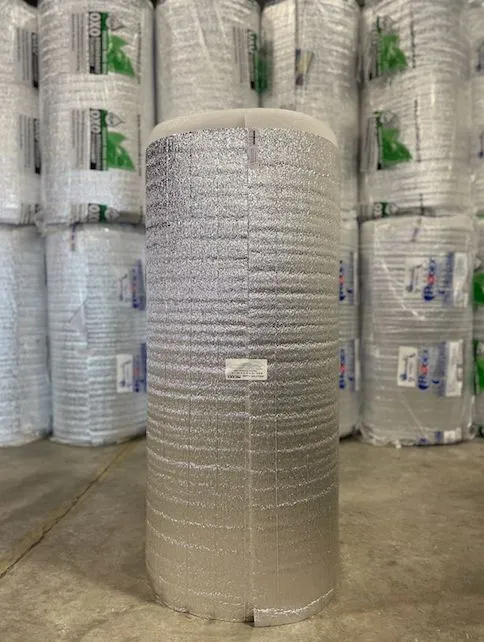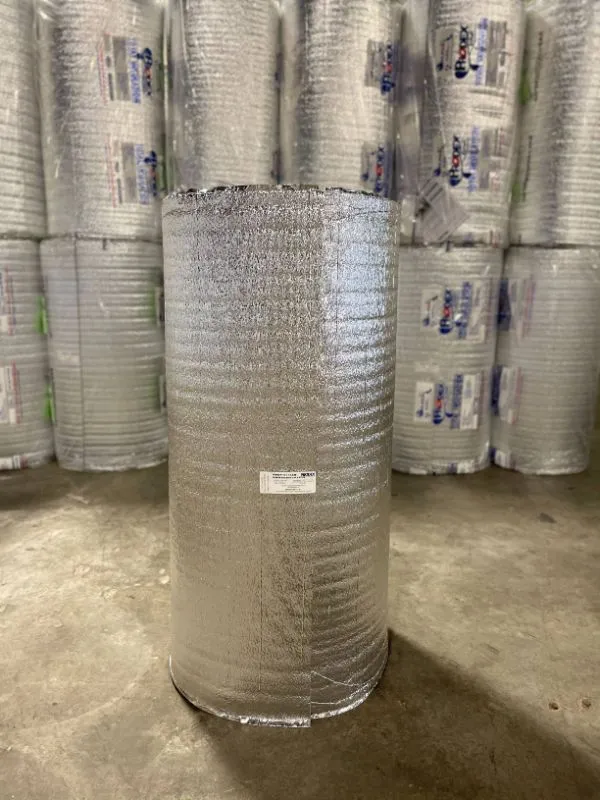Fiberglass Insulation for Metal Buildings and Pole Barns - Complete Guide
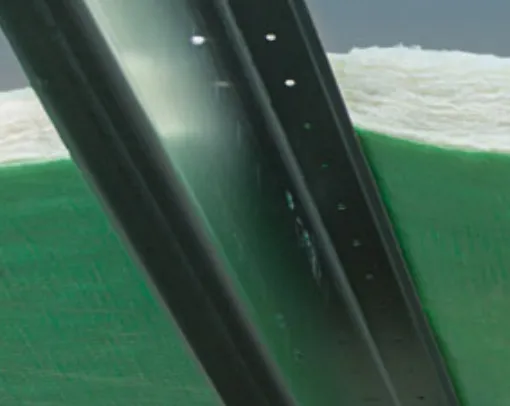
Insulating metal buildings and pole barns is simply a must. Here's why: First and foremost, metal structure per se, as bare construction, will not allow you to create any sort of climate control - it will overheat or become extremely cold in a short period of time depending on the outside weather. You'll also have condensation issues in an unprotected building. Large inside temperature fluctuations and condensation are the most important aspects to think about.
Good insulation will prolong a building’s lifespan, decrease condensation, control sound and provide a comfortable and energy-efficient space for any sort of engagement.
Before we go any farther, we'll define pole barn as a building with wood framing and metal sheeting.
Given there are many different ways to approach metal building insulation, we will first present the most most popular option: Fiberglass insulation. We will then offer alternatives that you can use as a supplement or in lieu of fiberglass.
What is Fiberglass Insulation
Fiberglass is a material based mostly on plastic and glass fibers. It's used for insulation purposes because of its ability to trap the air and slow down the heat transfer. Fiber glass insulation is usually presented in a blanket form that can have different thicknesses. The higher the thickness, the ability the insulation has to create heat flow resistance.
Fiberglass is a reasonable option for insulating a metal building or pole barn, especially if you don't have the budget for a professional spray installer. One of the advantages this material provides is its price vs spray foam. It is also an attractive insulation option, as well as fire-retardant, given it’s made out of components that have very little to no fire hazard.
If you choose fiberglass, it's extremely important you choose a high-quality fiberglass material if insulating a metal building or pole barn. Foil fiberglass vinyl for instance is a good option if you want a thin product, with white facing and a reflective surface to control radiant heat transfer. Foil fiberglass vinyl has a 1/4-inch fiberglass core with foil on one side and scrim-reinforced white facing on the other. Because it's thinner than your standard fiberglass rolls, a pre-cut 4 ft or 6 ft roll will work regardless of your bay spacing. It doesn't require custom cutting like 3, 4 and 6-inch thick rolls.
Fiberglass Insulation for Pole Barns
It is as important to properly insulate your pole barn, no matter if you use it as a garage, a workshop, or a storage unit. Insulation will protect its interior from overheating or becoming a freezing cave; therefore, you will prolong the lifespan of your stored items. Fiberglass is a reasonable choice for your pole barn insulation.
The framing in a pole barn is thinner than the beams used in a metal building, so you'll be limited to a 4-inch insulation thickness. Bear in mind that fiberglass won’t reinforce the structure of the pole barn and that it has no capacity of stopping the moisture from entering the building. That means you need to make sure mildew and mold aren’t allowed to grow inside some other way. Also, even though installing fiberglass blanket insulation in a pole barn is pretty affordable, you should know that you will have to eventually replace it. In time the moisture build up will compromise the performance and crack the facing. On the positive side, fiberglass is lightweight and easier to install than spray foam. You will however need to have it custom cut prior to delivery.
Metal Building Insulation with Fiberglass
When it comes to making sure a metal building is adequately insulated with fiberglass, it is important to use the type of this material that’s specifically designed for steel structures. Steel building insulation should be based on a thicker blanket that’s made out of woven fiberglass fibers, the type that has a vapor barrier facing. Usually, blanket insulation for metal buildings has an R-value that goes from R7 to R19, and it’s defined pretty much by the thickness of the blanket itself. But the thing is, most professionals will suggest you insulate steel building walls with no more than 4-inch fiberglass, which is the one with a 13 R-value. That’s because thicker blankets could easily become too compressed and lose their effectiveness. Thicker options might be good only for roof insulation.
Now, another thing to consider regarding fiberglass insulation for metal buildings is the facing of the insulation. There are three key qualities to think about in this matter - durability, workability, and permeability. Given that insulation is left exposed to the interior, its durability is a super important aspect to bear in mind. You need to make sure it will react positively to physical stress and won’t tear or get damaged easily. You'll want to request at least the grade of WMP VR-R+ facing.
The workability of insulation material refers to its ability to handle extreme weather conditions, especially during the installation process. Some fiberglass facings can easily split or crack.
The permeability of insulation facing, which expresses its water vapor transmission rate shows how likely it is for the water vapor to pass through it. All facing aren't the same. Once again, stick to at least the grade of WMP VR-R+. Just asking for a quote for R19 might get you a what appears to be a better deal when in fact you're getting something not worth installing.
Installing Fiberglass Insulation in a Metal Building or Pole Barn
Fiberglass insulation for metal buildings and pole barns needs to be pre-cut. If you are not familiar with the process and the tools you will need for this endeavor, we recommend hiring professionals and not risk doing it wrong. You'll waste a lot of insulation and compromise its performance.
Spray Foam or Fiberglass Insulation
Many people are wondering what is better - spray foam insulation or fiberglass. And the question is legit given that these are still the two most popular forms of insulation used in metal buildings and pole barns. Recently reflective insulation has made inroads into this market.
Spray foam should be installed by a professional while fiberglass can be installed as DIY project if you're somewhat familiar with the process and the rolls are pre-cut. In regards to durability, both products have pretty much the same lifespan. Spray foam has a bit higher R-value and unlike fiberglass, it offers some moisture protection.
If you compare the price you will have to pay for spray foam to fiberglass insulation, you should know that fiberglass is way more affordable and more suitable for people who are on a budget. The reason spray foam is more expensive is that its installation requires special equipment and professional help.
Disadvantages of Fiberglass in Metal buildings and Pole barns
Once fiberglass insulation gets wet (and it will get wet, due to condensation) it will lose R-value! Water trapped between fiberglass insulation and the exterior of a building will causes mold, fungus growth, rust and oxidation - Conditions that will degrade the metal and shorten the service of the structure. In addition, fiberglass insulation does not prevent radiant heat transfer (the primary source of heat-flow in and outside your building). The Prodex Total R-value is not affected by humidity. This feature cannot be over emphasized. There will always be some humidity in a metal building and your insulation must work in these conditions.
Take a look at the white vinyl facing the next time you're in a metal building - It will be either sagging, or sagging and flaking. This is due to the added weight of water. Behind the white vinyl is a wet, mold filled blanket that will eventually cause the white vinyl to crack and fall off. At some point, when you're exposed to the toxic fibers, you'll be forced to remove the insulation - Hopefully before it does too much damage to the metal framing. Avoid an insulation that collects moisture, attracts mold, cracks and needs to be replaced. If you insist on using fiberglass, use it in conjunction with Prodex Total, so the Prodex can keep the moisture out of the fiberglass.
Shop Fiberglass Metal Building Insulation R10, R13, R14, R19, R25, R30 and R38
I'll explain in more depth why fiberglass loses R-value once wet.
Fiberglass insulation is composed of woven fiber stands. The fiber strands contain hundreds of small air pockets. The air pockets provide the insulation. Once exposed to moisture, the air pockets fill up with water (rather than air) and the insulation loses the ability to provide R-value. We have an easy fix:)
Protect Your R-value
Prodex Total is the perfect complement to fiberglass metal building insulation. Here's why:
R-value Protection
Fiberglass R-value comes from the air pockets between the fibers, not the fibers themselves. When moisture fills these air pockets, the R-value decreases.
How Prodex Total Helps
Installing Prodex Total (insulation + radiant barrier + vapor barrier + air barrier + condensation eliminator) between the fiberglass and metal sheeting helps keep the fiberglass dry, preserving the fiberglass R-value over time.
Increased Energy Efficiency
When used in conduction with Prodex Total, you'll get the stated R-value performance from fiberglass. You'll also enjoy the benefits of Prodex Total: No condensation, increased R-value, and radiant barrier protection.
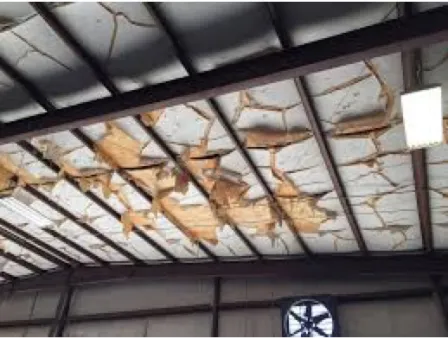
For Sale - Alternative to Fiberglass Metal Building and Pole Barn Insulation
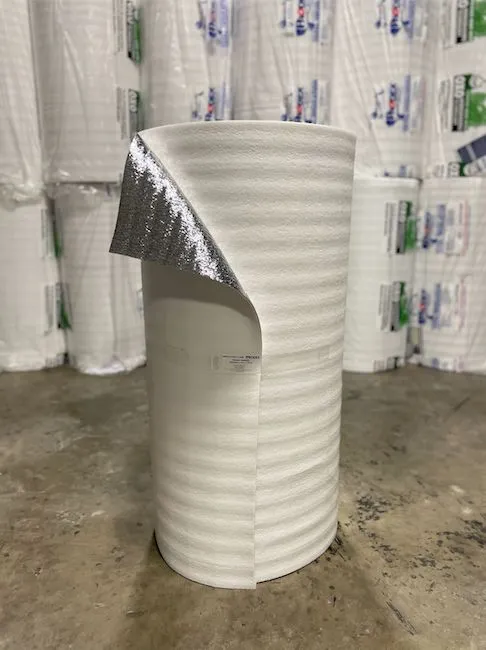
WHITE 5M Plus: R15.3
Thickness: 5mm (0.2") closed cell polyethylene foam with reflective reinforced foil on one side and plastic white finish film on the other side. Ideal where white finish is preferred.

